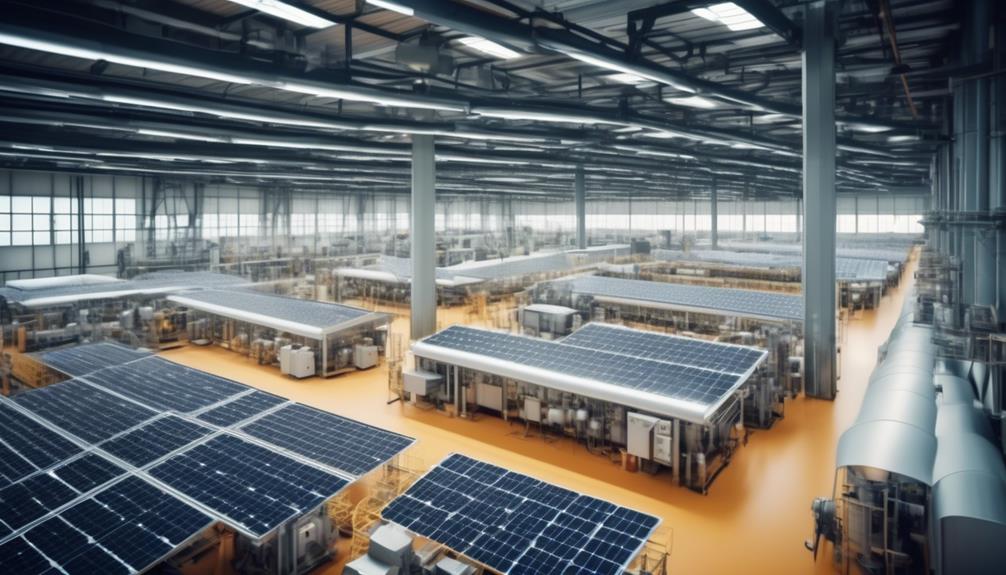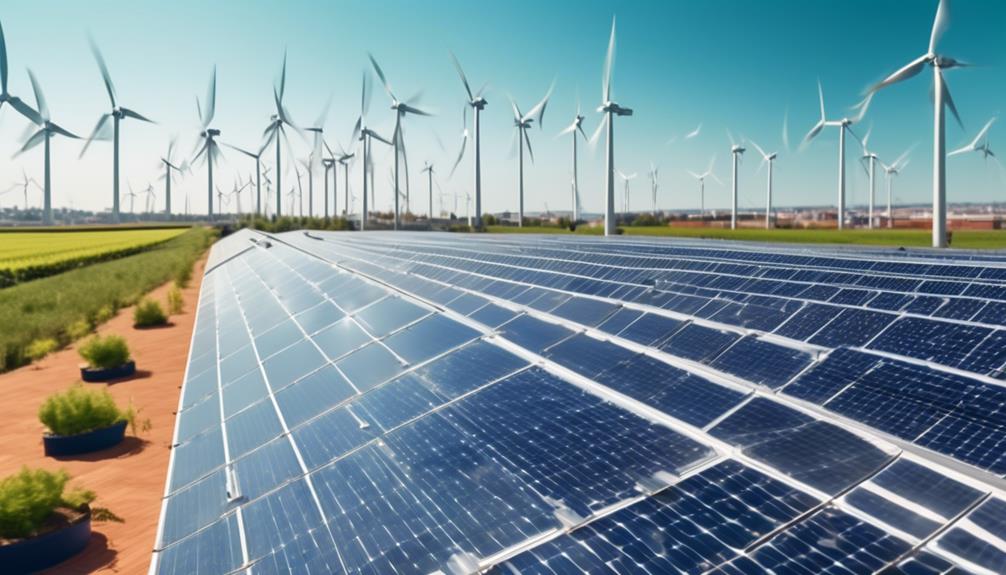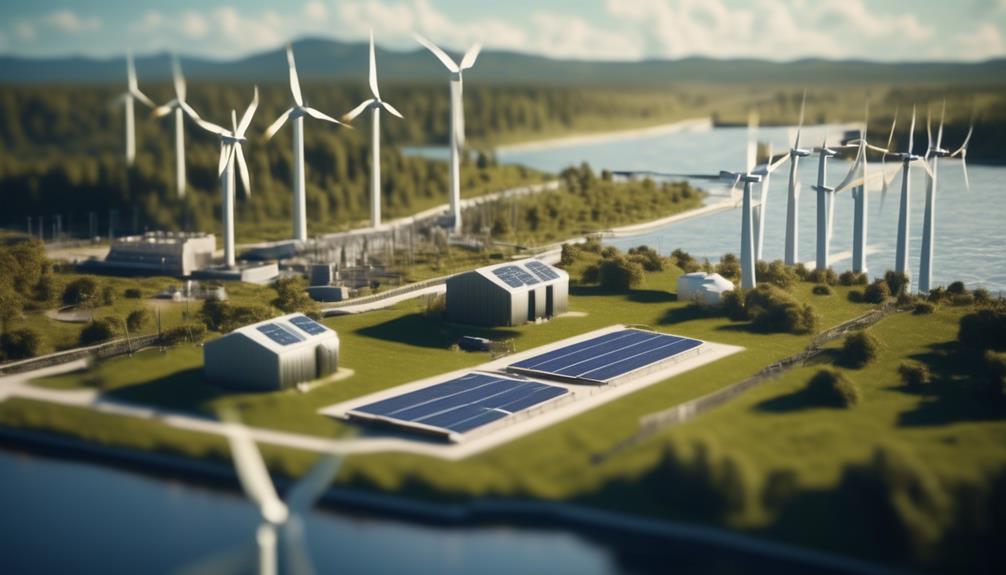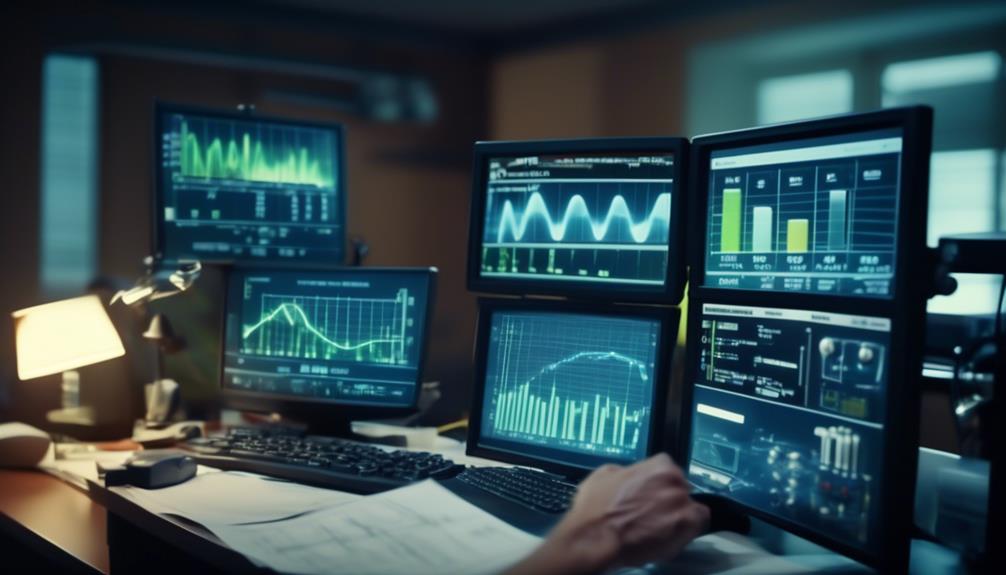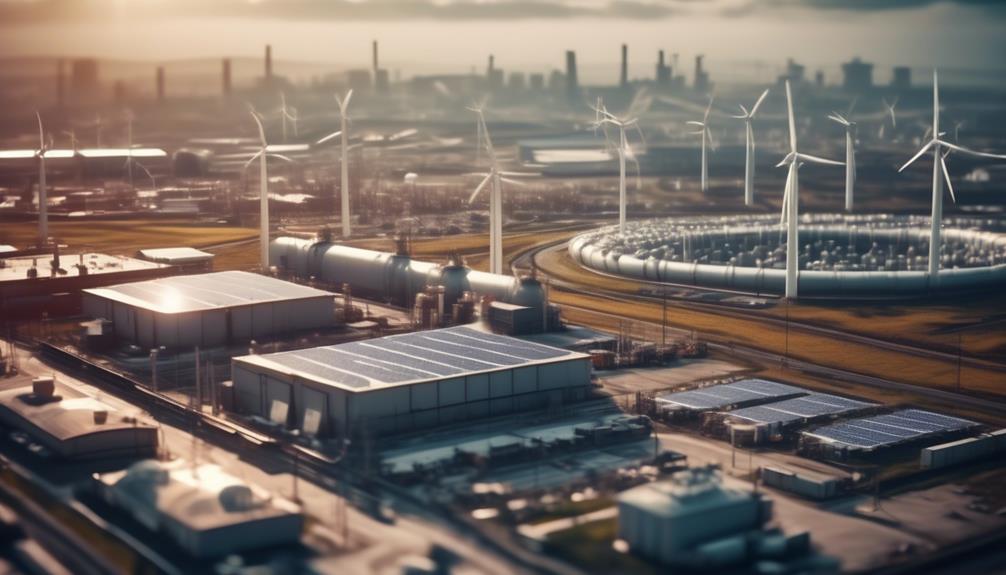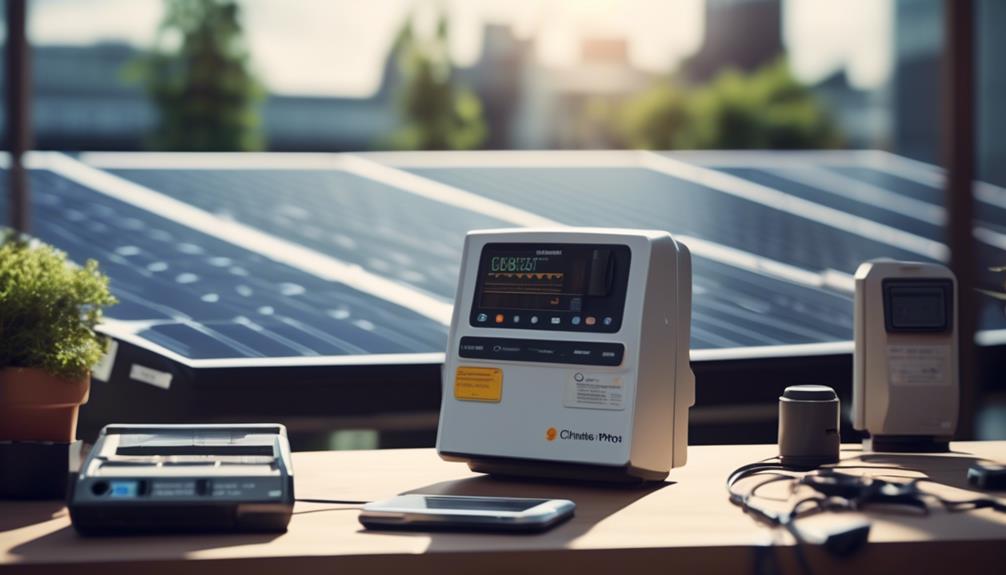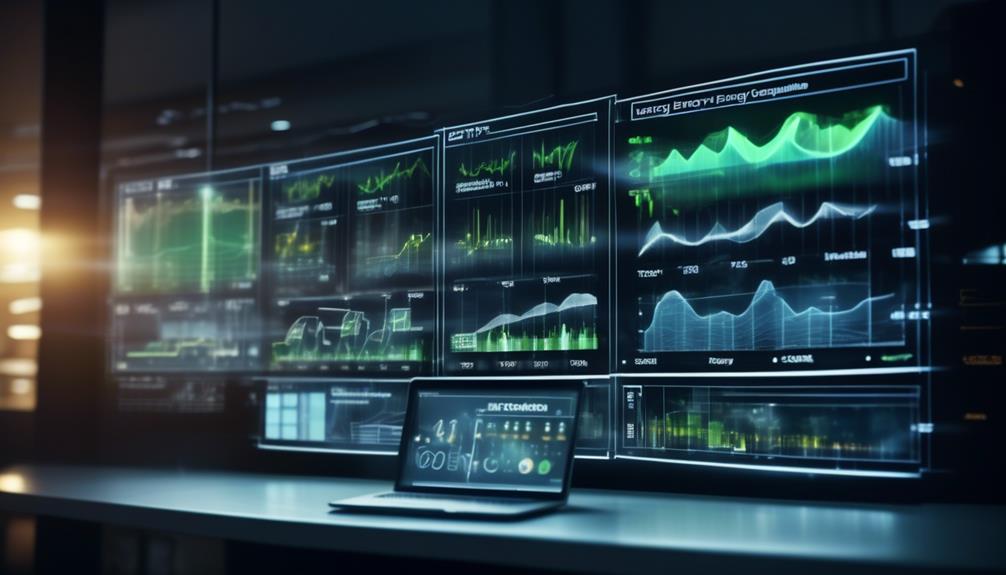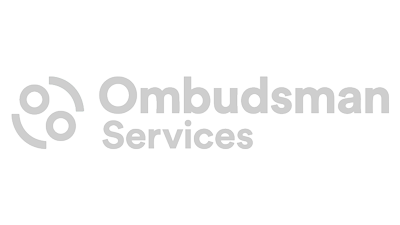In the relentless pursuit of business efficiency and growth, energy management emerges as a crucial yet often neglected frontier. You’re likely on the lookout for innovative solutions to not only cut costs but also to enhance your company’s sustainability practices.
The secret to unlocking this potential lies in automated energy tracking—a transformative approach that offers a crystal-clear view of your energy consumption in real-time. This insight enables you to pinpoint inefficiencies and optimise your operations, promising significant savings and a leaner carbon footprint.
Understanding the complexities and opportunities within energy management demands a nuanced perspective, one that we’ve honed through years of exploring the intricacies of automated systems. By focusing on the specific needs and challenges faced by businesses today, we aim to guide you through the maze of energy optimisation.
Our discussion will not only shed light on the mechanics and advantages of automated energy tracking but also equip you with practical strategies to harness its full potential. As we delve into this exploration together, rest assured that the insights shared here are designed to propel your business towards unprecedented efficiency and sustainability.
Key Takeaways
- Real-time energy monitoring and analysis provides immediate insights into energy usage and allows for proactive identification and resolution of inefficiencies.
- Automated energy tracking offers significant cost savings through energy efficiency, improved sustainability, and reduced environmental impact.
- Integration of IoT devices enables comprehensive control over energy-consuming appliances, effective monitoring and regulation of energy usage, and identification of real-time energy inefficiencies.
- The future of energy tracking involves the integration of AI and machine learning, advanced technologies for energy tracking systems, and collaboration between energy providers and technology companies to achieve greater efficiency and sustainability in energy management.
Real-Time Energy Monitoring
Real-time energy monitoring provides immediate insights into energy usage, enabling proactive identification and resolution of energy inefficiencies through the analysis of real-time data using AI and machine learning algorithms. By tracking energy consumption in real-time, businesses can gain a comprehensive understanding of their energy usage patterns, allowing them to make data-driven decisions to optimise energy efficiency.
With real-time energy monitoring, businesses can accurately track their energy consumption and identify any anomalies or inefficiencies. This enables energy managers to take immediate action to rectify any issues, leading to significant cost savings and improved sustainability reporting. The continuous analysis of real-time data using AI and machine learning algorithms enhances the accuracy of energy management, allowing businesses to identify trends, patterns, and potential areas for improvement.
Real-time energy monitoring also empowers energy managers with remote control capabilities. This means that they can monitor and manage energy usage from any location, providing flexibility and convenience. By leveraging real-time data analysis, energy managers can proactively identify opportunities for energy optimisation, implement energy-saving measures, and monitor their effectiveness.
Benefits of Automated Tracking
Automated tracking revolutionises energy management by providing real-time monitoring and control of energy consumption across devices and systems, enabling businesses to proactively identify and address energy inefficiencies. This technology offers numerous benefits and advantages for organisations seeking to optimise their energy usage and improve efficiency.
One of the key advantages of automated tracking is the prevention of downtime and equipment damage. By continuously monitoring energy consumption, businesses can detect abnormal patterns or excessive energy usage, allowing them to take immediate action to rectify any issues before they escalate. This proactive approach helps to minimise disruptions and prolong the lifespan of equipment, resulting in cost savings and increased productivity.
Another benefit of automated tracking is the opportunity to participate in demand response programmes. By adjusting energy usage during peak load times, businesses can contribute to grid stability and receive financial incentives. This not only helps to reduce strain on the power grid but also provides an additional source of revenue for organisations.
Furthermore, optimised energy usage through automated tracking leads to significant cost savings. By identifying energy inefficiencies and implementing energy-saving measures, businesses can reduce their energy consumption and lower their utility bills. These cost savings can then be reinvested in other areas of the business or used to improve sustainability initiatives.
Lastly, automated tracking enhances energy efficiency, resulting in reduced environmental impact and improved sustainability. By monitoring energy consumption in real-time, businesses can identify areas where energy is being wasted and implement strategies to minimise energy waste. This not only helps to reduce carbon emissions but also aligns with corporate social responsibility goals and improves the organisation’s reputation as an environmentally conscious entity.
Energy Usage Analysis
With a focus on optimising energy usage and improving efficiency, the next subtopic to be discussed is Energy Usage Analysis. This involves monitoring and analysing energy consumption across devices and systems to identify patterns and areas for improvement.
Through the use of smart metering and advanced monitoring technologies, businesses can gain valuable insights into their energy consumption patterns. By collecting and analysing data on energy usage, businesses can identify inefficiencies and areas where energy is being wasted.
This analysis enables businesses to make informed decisions about energy-saving measures, such as upgrading equipment, implementing energy management systems, or adjusting operational practices.
Energy Usage Analysis provides businesses with a comprehensive understanding of their energy usage, allowing them to identify trends and patterns that may not be immediately apparent. For example, it can identify peak usage times or highlight devices that consume excessive amounts of energy.
Armed with this information, businesses can develop targeted strategies to reduce energy consumption and lower costs. Moreover, by identifying areas for improvement, businesses can implement energy-saving measures that have a positive impact on both their bottom line and the environment.
Efficiency Optimisation Strategies
Efficiency optimisation strategies encompass a range of data-driven approaches and technological advancements aimed at maximising energy usage and reducing wastage. In today’s rapidly evolving landscape, businesses face the challenge of meeting the increasing demand for energy while striving for sustainability and cost efficiency. To address these challenges, organisations are adopting innovative strategies to optimise their energy consumption.
Here are three key strategies that are shaping the energy management landscape:
- Real-time energy management optimisation: By leveraging advanced sensors and connected devices, organisations can monitor and control energy usage in real-time. This enables them to gather accurate data and gain insights into energy consumption trends. With this information, businesses can make informed decisions to optimise energy usage and reduce wastage.
- AI and machine learning: These technologies play a crucial role in analysing energy consumption patterns and providing real-time reports to energy managers. By continuously learning from data, AI and machine learning algorithms can identify opportunities for energy efficiency improvements and participate in demand response programmes.
- Energy management software: Digital platforms offer comprehensive solutions for optimising resource usage and complying with energy-saving regulations. These software solutions integrate with existing business systems, providing granular visibility into energy use and enabling organisations to implement efficient energy management strategies.
Future of Energy Tracking
As the energy management landscape continues to evolve, the future of energy tracking is poised to revolutionise the way organisations monitor and optimise their energy consumption. With the integration of AI and machine learning, energy tracking systems will provide real-time, accurate reports on energy consumption. This advanced technology enables organisations to make data-driven decisions and implement efficient energy management strategies.
One key aspect of the future of energy tracking is the integration of IoT devices. This allows for comprehensive control over energy-consuming appliances, enabling organisations to monitor and regulate their energy usage more effectively. With remote monitoring and control capabilities, organisations can identify and address energy inefficiencies in real-time, leading to significant cost savings and improved sustainability.
Moreover, the future of energy tracking involves participation in demand response programmes. By leveraging advancements in technology, organisations can adjust their energy consumption during peak demand periods, reducing strain on the grid and potentially earning financial incentives. This not only benefits individual organisations but also contributes to the overall stability and reliability of the energy grid.
Additionally, energy management optimisation systems continuously learn from energy consumption patterns through AI and machine learning algorithms. This allows for ongoing improvement and refinement of energy tracking strategies, leading to even greater efficiency and optimisation in the future.

